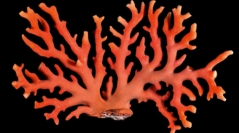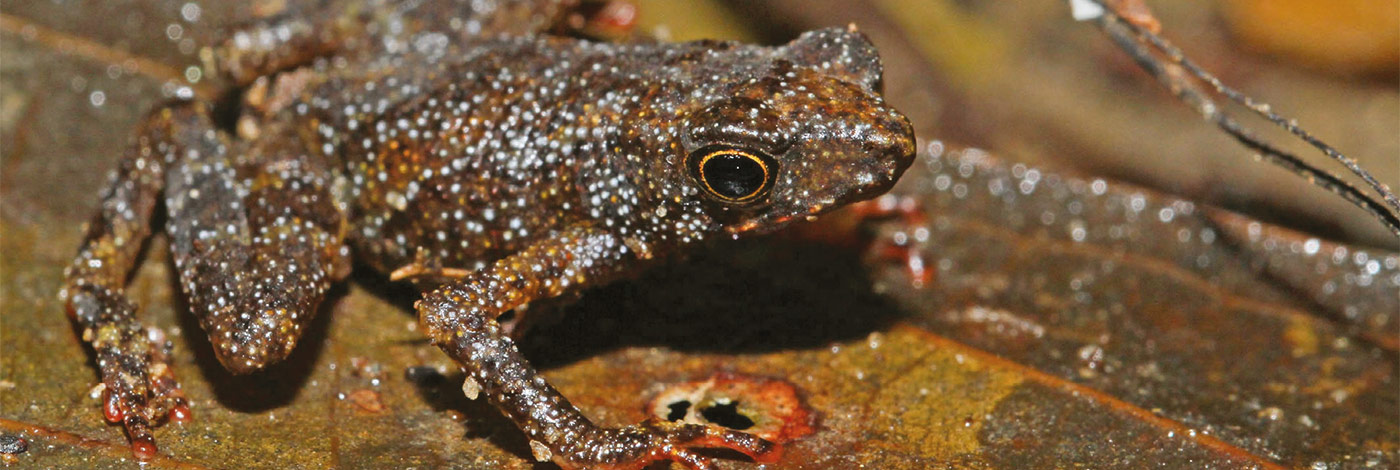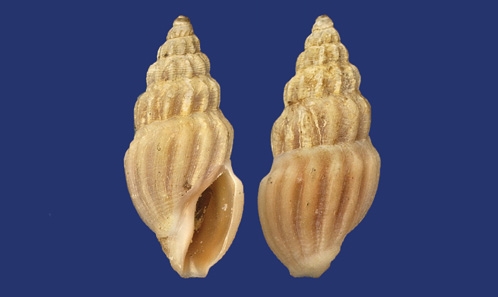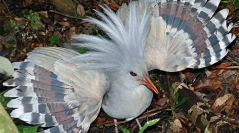Home
Welcome to the website of the Muséum national d'Histoire naturelle Science Press, where you can discover the series and journals published by the MNHN. This platform enables readers to consult and download individual scientific articles for free. Printed books and certain journal issues can be ordered via our online shop (see relevant product pages), or bought directly from the Science Press bookshop.




































